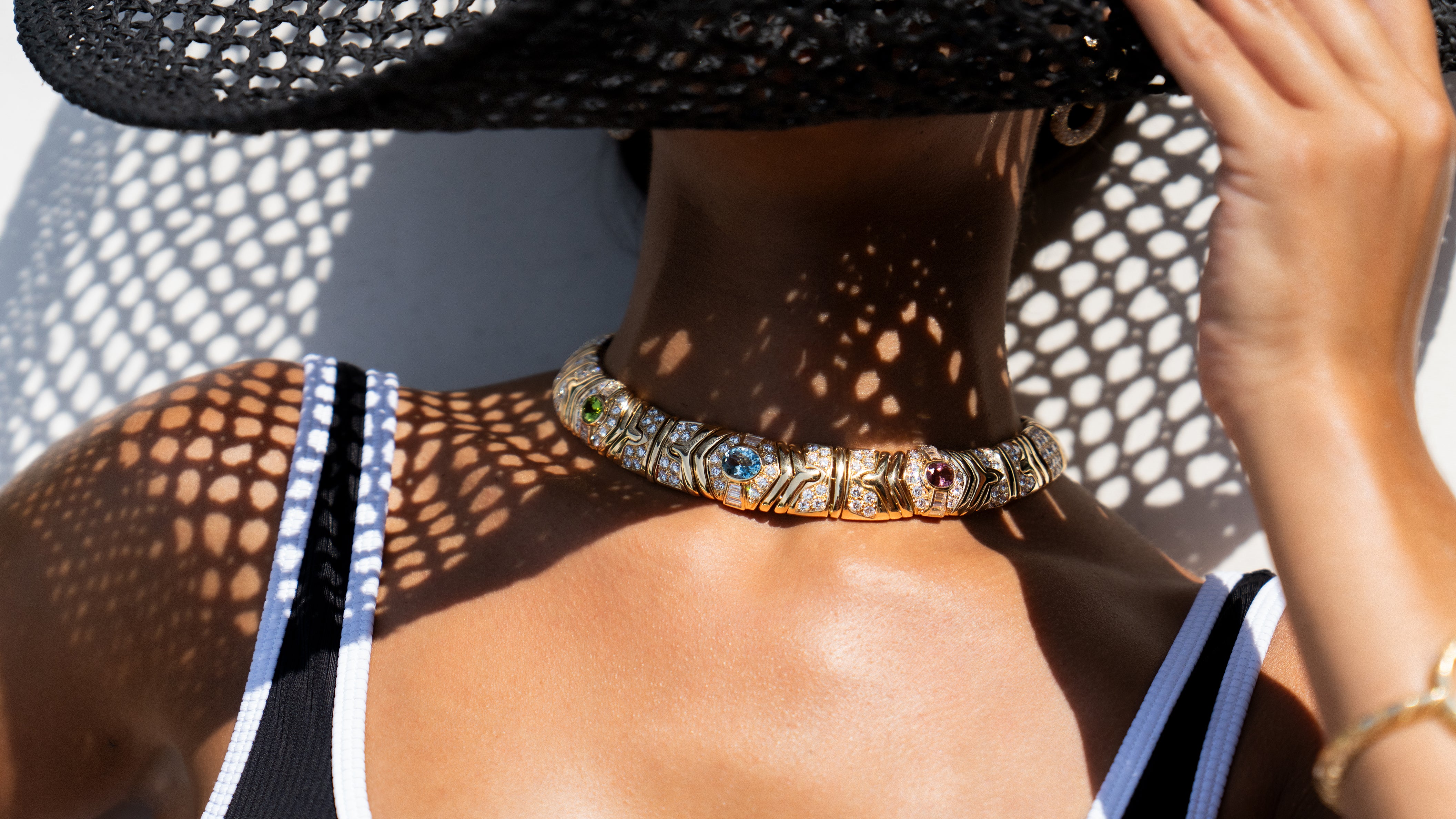Garrard
“By Royal Appointment” is the phrase most associated with Garrard & Company, the first official Crown Jeweler of the United Kingdom and a House that still stands today, after 285 years in business.
The Year was 1735
Georges Wickes founded his London silversmith and jewelry business after apprenticing to Samuel Wastell and registering his own maker’s mark in 1722. Situated in the West End of London, Wickes’ talents as a silversmith in the rococo style sealed his reputation, and he was soon receiving commissions from aristocrats. The first royal order came that first year from Frederick, Prince of Wales. It was the start of a relationship that carried through every generation into the 21st Century.
The First Garrard
Robert Garrard joined the business in 1782. Initially, he worked with the accounts and kept track of stock before becoming a partner a decade later. Eventually, Garrard gained control of the company, and in 1802 he changed the name of the House to Robert Garrard, registering his own maker’s mark and continuing to maintain the firm’s exacting standards for quality of design and craftsmanship.
In 1818, Robert’s three sons joined the business. Robert, Jr., James, and Sebastien changed the name once again to R.J. & S. Garrard until James left in 1835 when the name became R.S. Garrard.
Following more than 100 years of royal commissions, Queen Victoria appointed Garrard the first official Crown Jeweler in 1843. By 1851, Garrard was a mainstay, with nearly 100 items on display at the Great Exhibition in Hyde Park. Most memorable among Garrard’s displays included a Gothic style bracelet with chased and enameled angels adorned with a ruby and a pearl; a diamond and pearl tiara; three complete suites awash in gemstones and a Moorish style candelabrum, for which Garrard received a prize by the Goldsmith’s Company.
The following year, in 1852, Garrard was honored to receive the commission to re-cut the famous Koh-i-Noor Diamond, called “The Mountain of Light” in Persia. It took three weeks for the task to be completed, the result being a spectacular diamond with a carat weight of 105.6 carats. The Koh-i-Noor may be viewed today at the Tower of London. It holds a place of honor at the center of the Queen Mother’s Crown.
After the death of Prince Albert in 1861, Queen Victoria minimized her public appearances. A decade after his passing, Victoria commissioned Garrard to create a smaller crown to replace the imposing Imperial State Crown. The more simple crown quickly became a part of her essential wardrobe, appearing in royal portraits and later in photographs of the widowed queen. The crown enjoyed further fame upon the heads of succeeding monarchs, including Queen Alexandra and Queen Mary.
A New King
The largest gem-quality rough diamond ever found was presented to King Edward on his birthday in 1907. The Cullinan Diamond, as it came to be called, was subsequently cut into nine smaller stones. The Crown commissioned Garrard to take the largest diamond and set it in the Sovereign’s Scepter. The diamond, Cullinan I, “The Great Star of Africa,” weighs over 530 carats. The setting was designed so the diamond could be removed and worn as a brooch along with Cullinan II, which adorned the Imperial State Crown.
India’s Influence
Garrard was commissioned to create the Imperial Crown of India for the Delhi Durbar, where King George V and Queen Mary would be proclaimed Emperor and Empress of India. The crown featured eight arches and was ablaze with 6,170 diamonds, as well as sapphires, emeralds, and rubies. In addition to the crown, the Queen wore an emerald and diamond tiara and necklace designed by Garrard. The necklace featured one of the stones cut from the Cullinan Diamond.
Garrard was inspired by Indian jewelry designs, which featured feathers or sprays of gems pinned to the turbans of princes and maharajas. In the 1920s, the firm created many aigrettes that could be worn in one’s hair or upon a headband, a trend that proved exceedingly popular in high society.
Modern Monarchy
In 1947, Queen Mary lent Princess Elizabeth a tiara to wear as her “something borrowed.” Garrard had crafted the piece in 1919 for the Queen with four bars of diamonds. On the big day, however, the delicate tiara snapped. A police escort whisked the piece to the Garrard workshop, where repairs were made. The tiara made it back in time for the nuptials.
Five years later, Garrard was commissioned to remodel the Imperial State Crown to fit Queen Elizabeth II.
After her marriage in 1980, Princess Diana was permitted to wear jewels from the royal collection when attending formal engagements. One of her favorites was Queen Mary’s Lovers Knot Tiara. Garrard designed the piece with heart-shaped knots from which dangle baroque pearls of varying sizes and shapes. Most recently, the tiara has been worn by the Duchess of Cambridge.
In 2011, Catherine Middleton became engaged to Prince William with the sapphire and diamond cluster ring that belonged to William’s mother, Princess Diana. The classic Garrard jewel featured a Ceylon sapphire encircled by 14 brilliant round diamonds. The design can be traced back to a brooch that Prince Albert gave to Queen Victoria on their wedding day in 1840.
While their most notable pieces have been created for royalty, Garrard has also designed pieces for a clientele that enjoys the quality, exquisite detailing, and breathtaking designs created by the House of Garrard.
